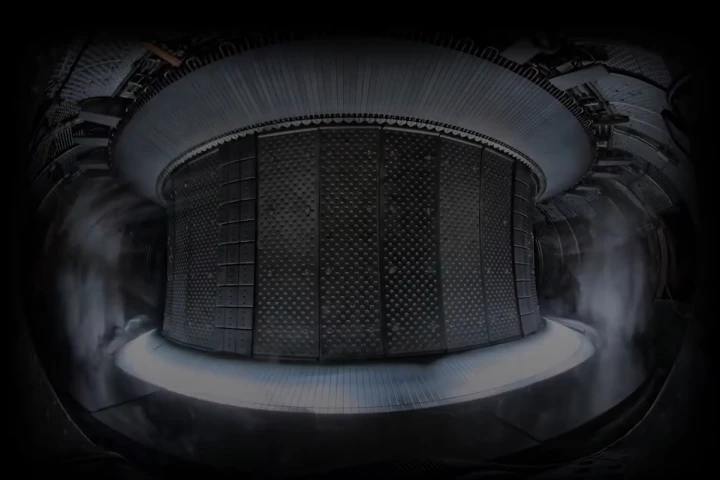You probably didn't wake up this morning pondering concrete. But look around and chances are, you'll see the substance in abundance. Buildings, walls, bridges, parking garages … you could write a (not very interesting) book on all the places you see concrete.
The mixture of cement, aggregate, and water has a longevity that's the stuff of legend; just look at the Roman Pantheon. But roads get replaced, old buildings get demolished, and, every year, we're left with mountains of concrete rubble. In 2010, Germany alone produced an estimated 130 million tons (117.9 million tonnes) of construction waste.
Further complicating matters is the impact on the environment. With cement production as the primary culprit, concrete manufacturing contributes an estimated 8 to 15 percent of global CO2 production. Concrete recycling is limited, with the present shredding method producing enormous amounts of dust, and only utilizing downgraded leftovers.
Lightning

Enter researchers from the Concrete Technology Group in Holzkirchen, Germany, who have found a solution that would make Dr. Frankenstein proud. Their new approach can recycle concrete with unprecedented efficiency. Their secret: zap it with lightning.
Lightning prefers to travel through air or water, not solids (apart from Doc Brown's clock tower). But these German researchers remembered a 70-year-old study, which showed that an extremely short duration (less than 500 nanoseconds) makes a bolt of lightning more likely to pass through water and enter a solid.
That's great, but why care about lightning striking a pile of concrete? When the electricity strikes the rubble, lightning travels along the path of least resistance: the barriers between the gravel and cement stone. This tears the concrete apart, separating it into its fundamental components – ripe for maximum recycling.
Fortunately, this isn't just theory. The Holzkirchen researchers can already zap lab-produced lightning into concrete at a rate of one ton (.9 tonnes) per hour. They project that a rate of 20 tons (18 tonnes) per hour would achieve optimal efficiency. Such a concrete recycling plant could be ready to go within two years.
If this project proves fruitful, we could eventually see dramatic improvement in worldwide concrete recycling. That would mean less new cement manufacturing, and a (theoretical) drop in global CO2 emissions. For more detailed information on this new process and the research team behind it, you can hit up the source link below.
Source: Fraunhofer
![A new method can recycle concrete with greater efficiency by zapping it with lightning (Images: Shutterstock [1] [2])](https://assets.newatlas.com/dims4/default/6ff30cd/2147483647/strip/true/crop/3545x2363+328+0/resize/1200x800!/format/webp/quality/90/?url=https%3A%2F%2Fnewatlas-brightspot.s3.amazonaws.com%2Farchive%2Flightning-concrete-reycling.jpg)
![A new method can recycle concrete with greater efficiency by zapping it with lightning (Images: Shutterstock [1] [2])](https://assets.newatlas.com/dims4/default/688ecb7/2147483647/strip/true/crop/4200x2363+0+0/resize/2880x1620!/format/webp/quality/90/?url=https%3A%2F%2Fnewatlas-brightspot.s3.amazonaws.com%2Farchive%2Flightning-concrete-reycling.jpg)


